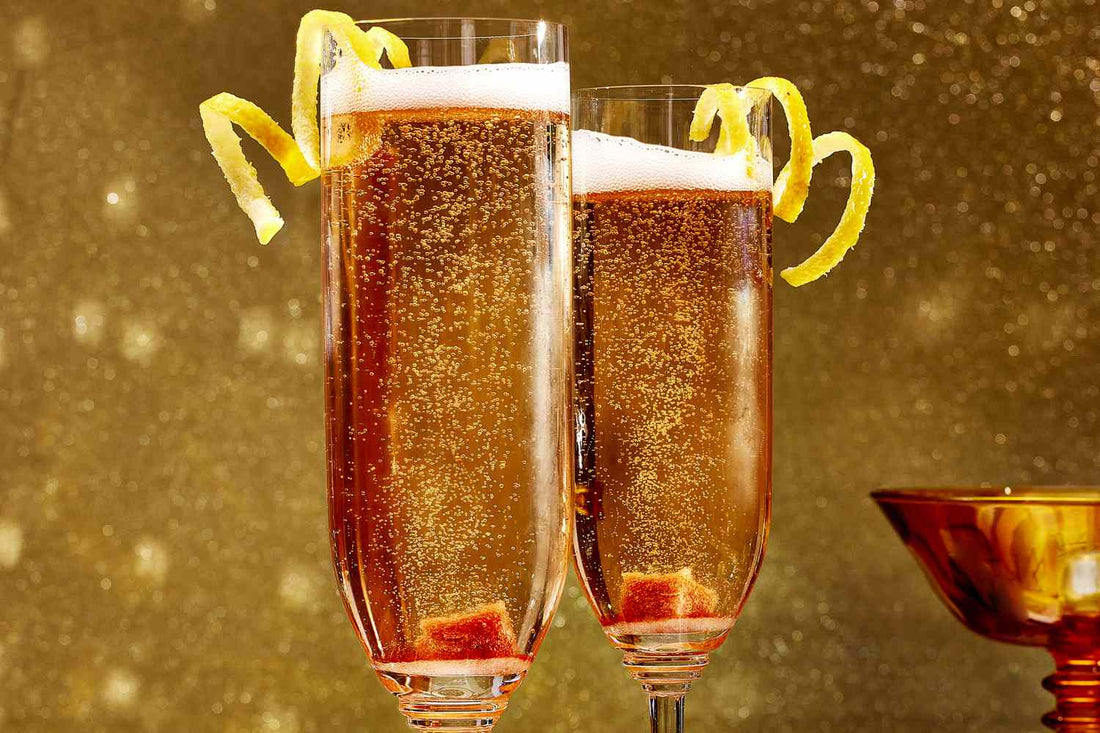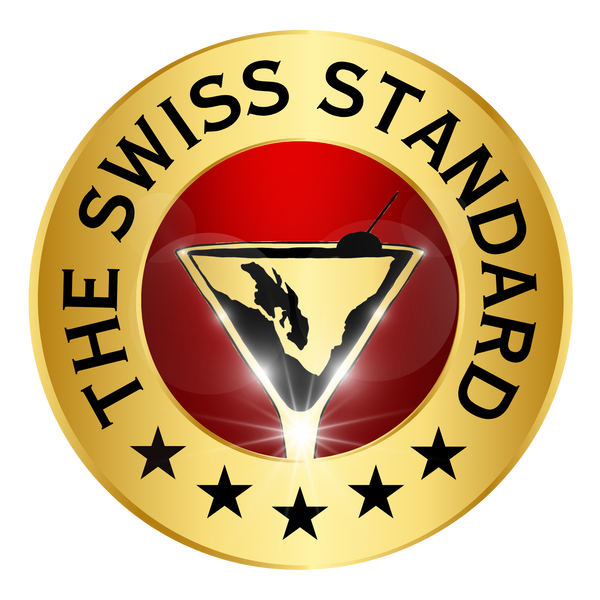
Champagne Cocktail
Alessandro Scire CalabrisottoShare
Champagne Cocktail: A Timeless Sparkling Classic
Brief Introduction
The Champagne Cocktail is one of the simplest yet most sophisticated drinks in the world of mixology. Made with Champagne, a sugar cube, bitters, and a twist of citrus, this elegant drink dates back to the 19th century and remains a staple at celebrations and upscale gatherings. The cocktail offers a balance of effervescence, sweetness, and aromatic complexity, making it a timeless choice for those who enjoy sparkling elegance in their glass.
History of the Champagne Cocktail
The Champagne Cocktail first appeared in print in 1862, in Jerry Thomas’s Bartender’s Guide, one of the earliest and most influential cocktail books. At a time when mixology was evolving into an art form, bartenders experimented with different ways to enhance spirits and wines. This cocktail quickly became a symbol of luxury, favored by the aristocracy and those seeking refined drinking experiences.
The cocktail gained popularity throughout the late 19th and early 20th centuries, particularly in France and the United States. Its simplicity made it a favorite in high-end bars, and its association with **Champagne—a drink of kings and celebrations—**solidified its reputation as a drink for special occasions.
During the Prohibition era (1920–1933) in the United States, the Champagne Cocktail saw a resurgence as speakeasies sought to serve sophisticated drinks while masking the harsh flavors of lower-quality alcohol. By the 1950s and 1960s, it had become a Hollywood favorite, frequently appearing in films and associated with the glamour of the silver screen.
Today, the Champagne Cocktail remains a classic, appreciated for its balance of bubbles, bitterness, and subtle sweetness. Whether enjoyed at a wedding, New Year's Eve party, or a luxurious brunch, this drink continues to embody elegance and timeless appeal.
Recipe: How to Make a Champagne Cocktail
The Champagne Cocktail is one of the easiest drinks to make, yet it delivers a stunning presentation and depth of flavor.
Ingredients:
-
150 ml (5 oz) Chilled Champagne or Sparkling Wine
-
1 Sugar Cube
-
2-3 dashes Angostura Bitters
-
Garnish: Lemon Twist
Instructions:
-
Prepare the Glass: Use a chilled Champagne flute to maintain the crispness of the drink.
-
Add the Sugar Cube: Place the sugar cube in the bottom of the glass.
-
Add Bitters: Soak the sugar cube with 2–3 dashes of Angostura bitters.
-
Pour the Champagne: Slowly pour the Champagne over the sugar cube to create a cascading effect.
-
Garnish: Express the oils from a lemon twist over the drink and drop it in.
Tips for Perfection:
-
Use a dry Brut Champagne or a high-quality sparkling wine like Cava or Prosecco for the best balance.
-
Allow the sugar cube to dissolve slowly, creating a gentle sweetness throughout the drink.
-
Serve immediately in a flute glass to maintain the bubbles and elegance of the presentation.
Additional Recommendations
Variations:
-
French 75: Add gin and lemon juice for a stronger, citrus-forward twist.
-
Grand Champagne Cocktail: Use a sugar cube soaked in Grand Marnier instead of bitters for an orange-infused variation.
-
Rosé Champagne Cocktail: Substitute regular Champagne with Rosé for a fruitier, pink-hued version.
Pairings:
The Champagne Cocktail’s bright and bubbly nature makes it perfect for pairing with light, elegant foods. Try it with:
-
Oysters: The acidity and effervescence complement briny oysters beautifully.
-
Brie or Camembert Cheese: Creamy cheeses balance the crispness of the cocktail.
-
Strawberries and Dark Chocolate: A classic combination that pairs well with Champagne’s natural fruit notes.
Presentation:
-
Serve in a tall, narrow flute to preserve carbonation and enhance visual appeal.
-
Drop the sugar cube in just before serving to create a beautiful effervescent effect.
-
Use a lemon or orange twist for a sophisticated aromatic garnish.
Curiosity: A Fun Fact About the Champagne Cocktail
The Champagne Cocktail was a favorite among 19th-century aristocrats and literary figures. It was frequently ordered in high society gatherings and was even mentioned in Mark Twain’s 1894 novel Pudd’nhead Wilson as a drink of sophistication and indulgence.
Sources
-
The History of the Champagne Cocktail: https://punchdrink.com/articles/history-of-the-champagne-cocktail/
-
Jerry Thomas’s Original Recipe: https://www.diffordsguide.com/classic-cocktails/champagne-cocktail
-
The Role of Bitters in Cocktails: https://imbibemagazine.com/angostura-bitters-guide/
-
Choosing the Best Champagne for Cocktails: https://www.liquor.com/best-champagnes-for-cocktails-5070954
-
Pairing Champagne with Food: https://www.seriouseats.com/champagne-and-food-pairing-guide
